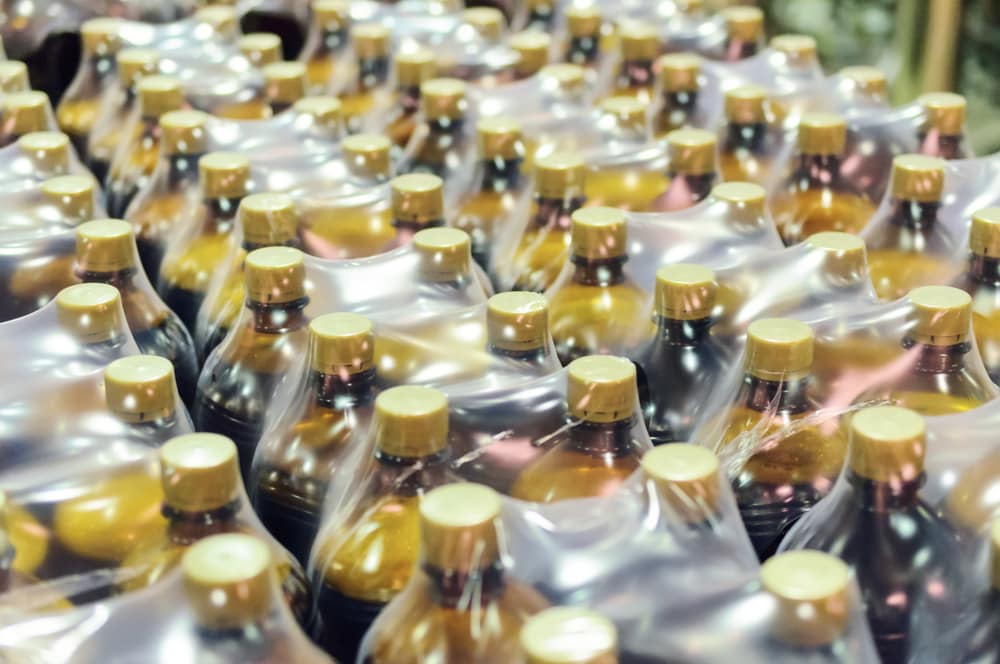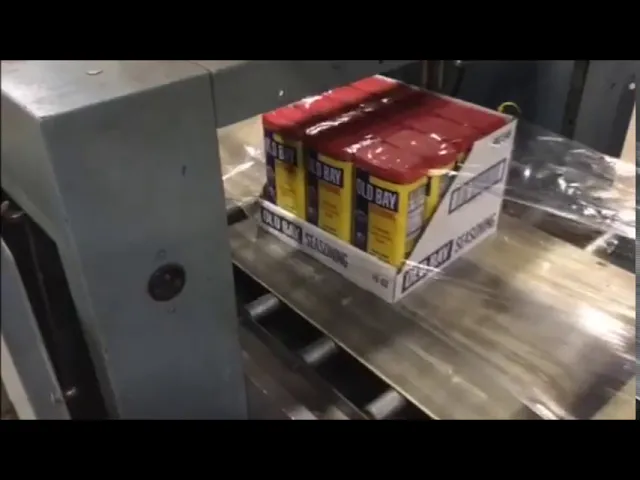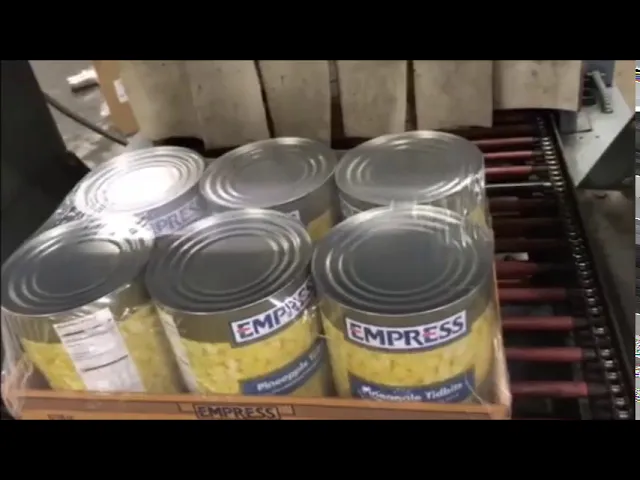May 30, 2018

Stretch film. Shrink film. Bundling film. We hear these terms every day in our industry. Sometimes they are used correctly; but more often than not, the names are interchanged and confused for one another. In order to protect the quality of the product(s) and drive operational efficiency to maximize financial results, using the correct film is crucial. It’s our responsibility, as the industry experts, to steer the client in the right direction and make sure that the correct film is sourced and used for each project. Each type of film may look similar, but their uses are very different.
Stretch film is used to wrap finished good pallets in order to ensure that the pallet remains intact during storage and shipment. The film can be applied by hand or using an automated machine to speed the process up. Able to stretch 200-300%, the film will try to return to its original size while keeping the contents of pallet tightly secured in place. Another benefit of stretch wrap is its ability to prevent dirt or moisture from reaching the products on the pallet. If applied correctly by the packager and transported with care, the pallet will arrive at its destination fully intact and without any damages from dirt or moisture.
Shrink film is used to wrap single units or small quantities of a product. We use shrink film for retail products like DVDs, books, small beverage displays, and many others. Shrink film provides the same protection from dirt and moisture that stretch film provides, but there is one major difference. As you’ve probably gathered from their names; stretch film expands from its original size to cover the pallet and shrink film shrinks to cover the product(s). In our facility, the shrink film is applied loosely by machinery and then continues into the heat tunnel. The heat tunnel forces out all of the air and shrinks the film to fit tightly around the product. This way, the product(s) will remain in place inside its packaging.
Bundling film is used for heavier and/or multi-pack products. Like shrink film, bundling film is applied using machinery and then moves through a heat tunnel where the film is shrunk to fit the product(s) perfectly. The one major difference between shrink and bundling film is that bundling film has two holes on opposite sides of the product. The consumer can easily pick the product(s) up by these holes.
Hopefully, these quick explanations of stretch, shrink, and bundling films help you plan accordingly for your next project. Using the wrong type of film can result in the product(s) being damaged during transportation or product defects being discovered in the retail marketplace. We use all three types of film daily, so we’re always here as a resource for our clients when it comes time to decide which film is appropriate for their particular product(s).


